
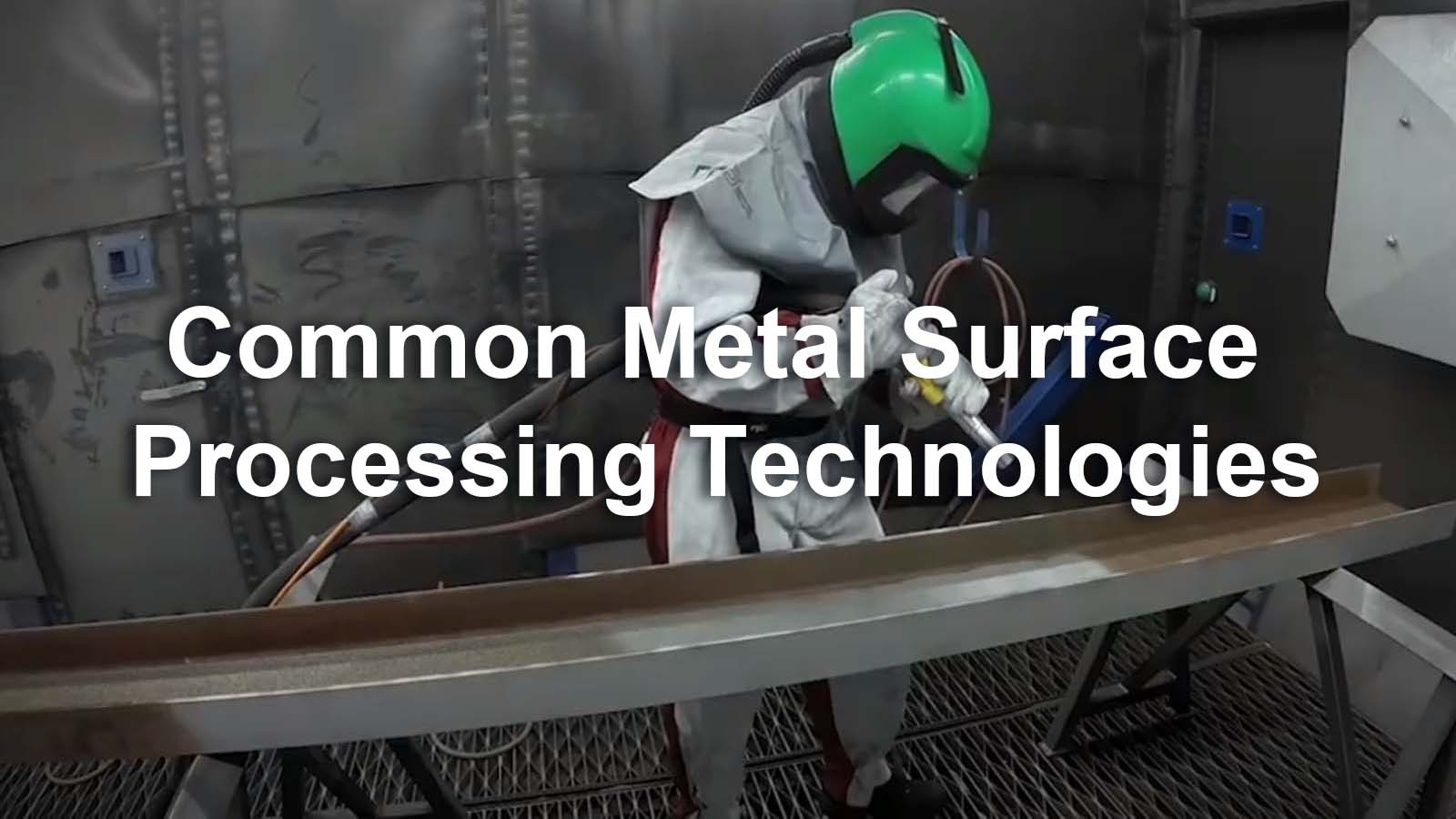
To meet the needs of various industries and to enhance the performance level of steel products, steel manufacturers utilize modern technologies in the disciplines of physics, chemistry, metallurgy, and heat treatment to change the physical and chemical properties of the product surfaces to make them more suitable for different application environments and functional requirements. We usually refer to this operation as the surface treatment process.
The surface treatment process for steel products is of great significance, and it can improve the surface corrosion resistance and wear resistance; slow down, eliminate, and repair the changes and damage to the material surface; make ordinary materials to obtain the surface with special functions; save energy, reduce costs and improve the environment.
In this article, CSMC will focus on seven surface treatment technologies. At the same time, CSMC will use pictures and text to illustrate these seven surface treatment processes. We hope this will be helpful to our customers.
According to the different operation steps of the processing technology, we can divide the surface treatment technology into four major categories. It includes surface modification technology, surface alloying technology, surface conversion film technology and surface coating technology. Under this category, the surface treatment process is further divided into categories.
一、Surface Modification Technology
1.Surface Quenching
The surface layer of the workpiece is rapidly heated, in the case of heat has not yet and a large number of transmission to the interior, so that the surface layer reaches the quenching temperature, quenched and cooled immediately, in order to obtain the intended quenching organization of the quenching process.
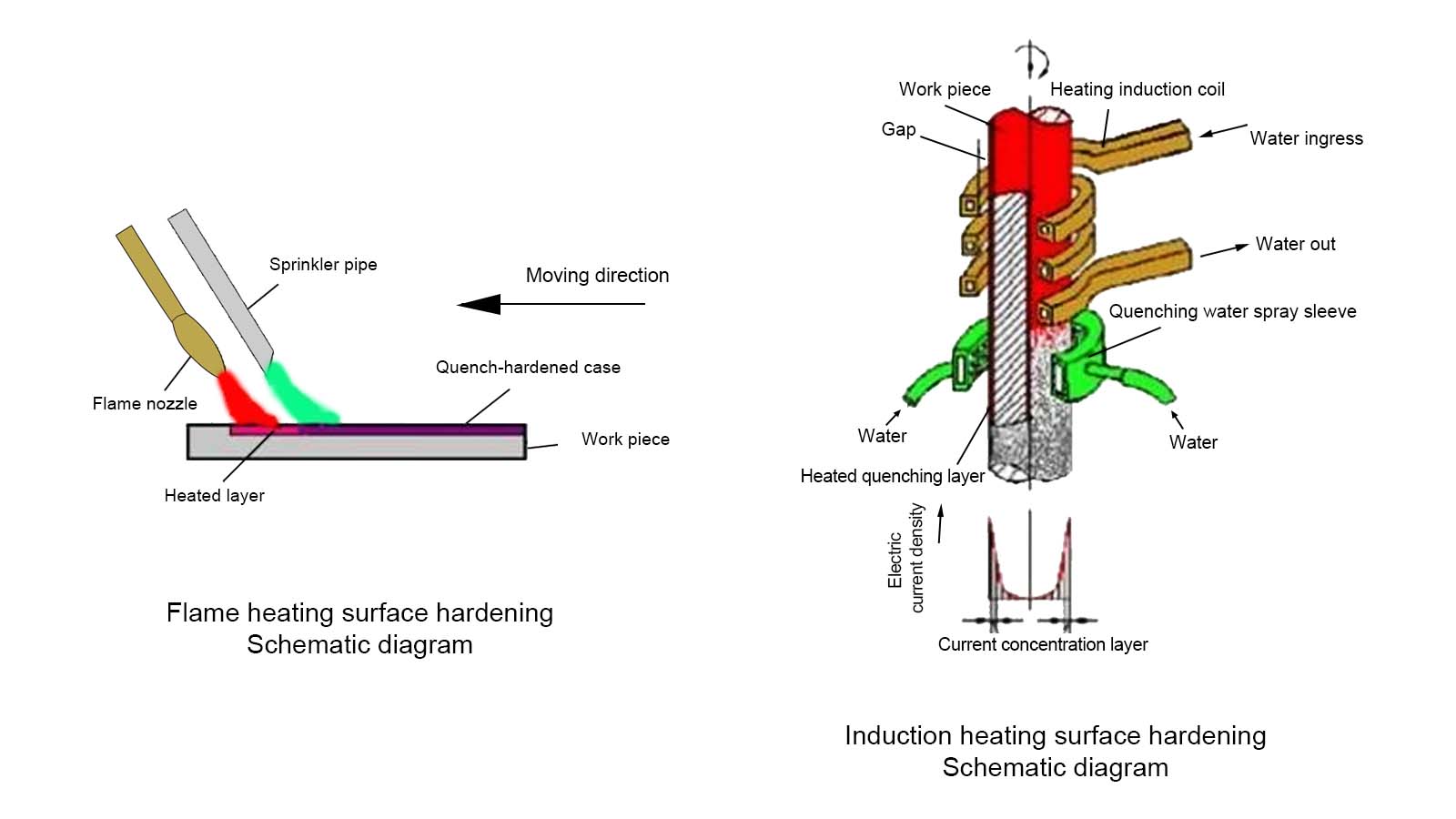
Surface quenching
2.Laser Surface Enhancement
Laser surface strengthening is that to use a focused laser beam to the surface of the workpiece, and heat the surface layer of the workpiece material to the phase change temperature or melting point of the temperature above in a very short period of time, and make it cool shortly, so that the workpiece surface hardening and strengthening. The strengthening treatment method consists of the laser surface alloying treatment and the laser cladding treatment.
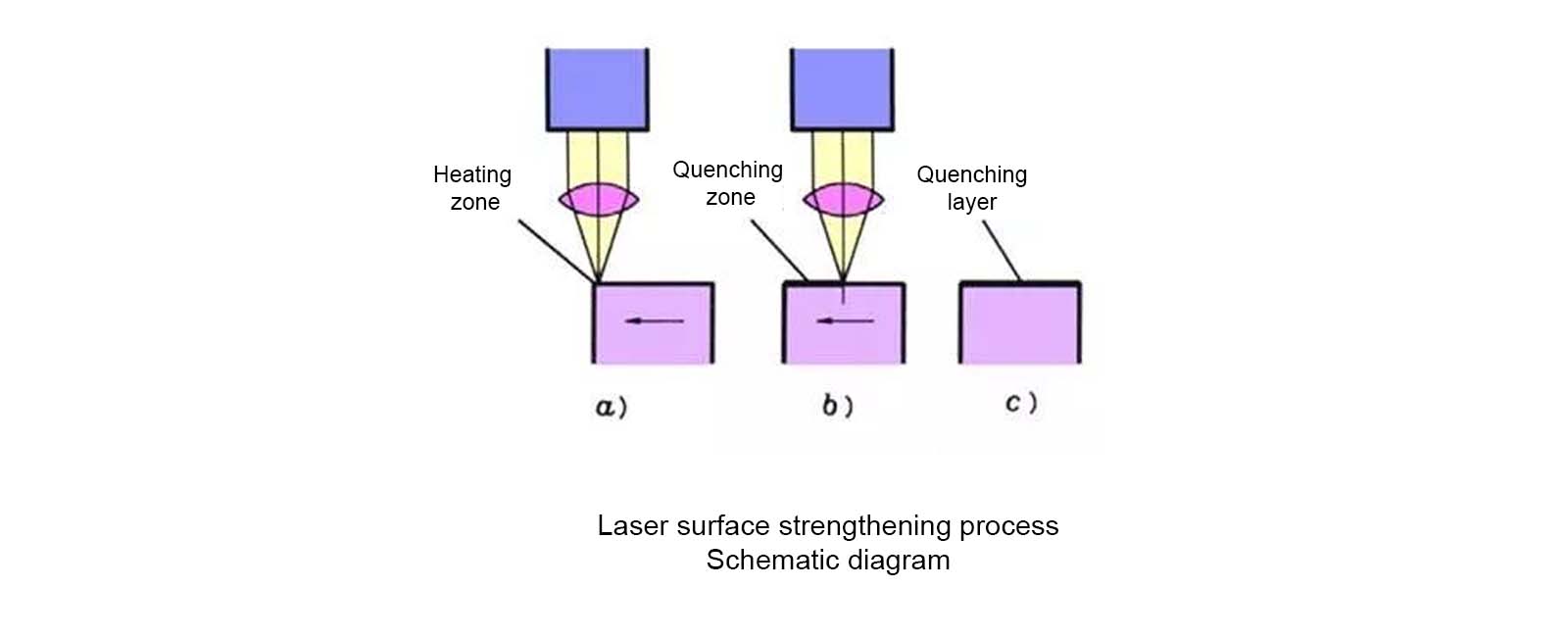
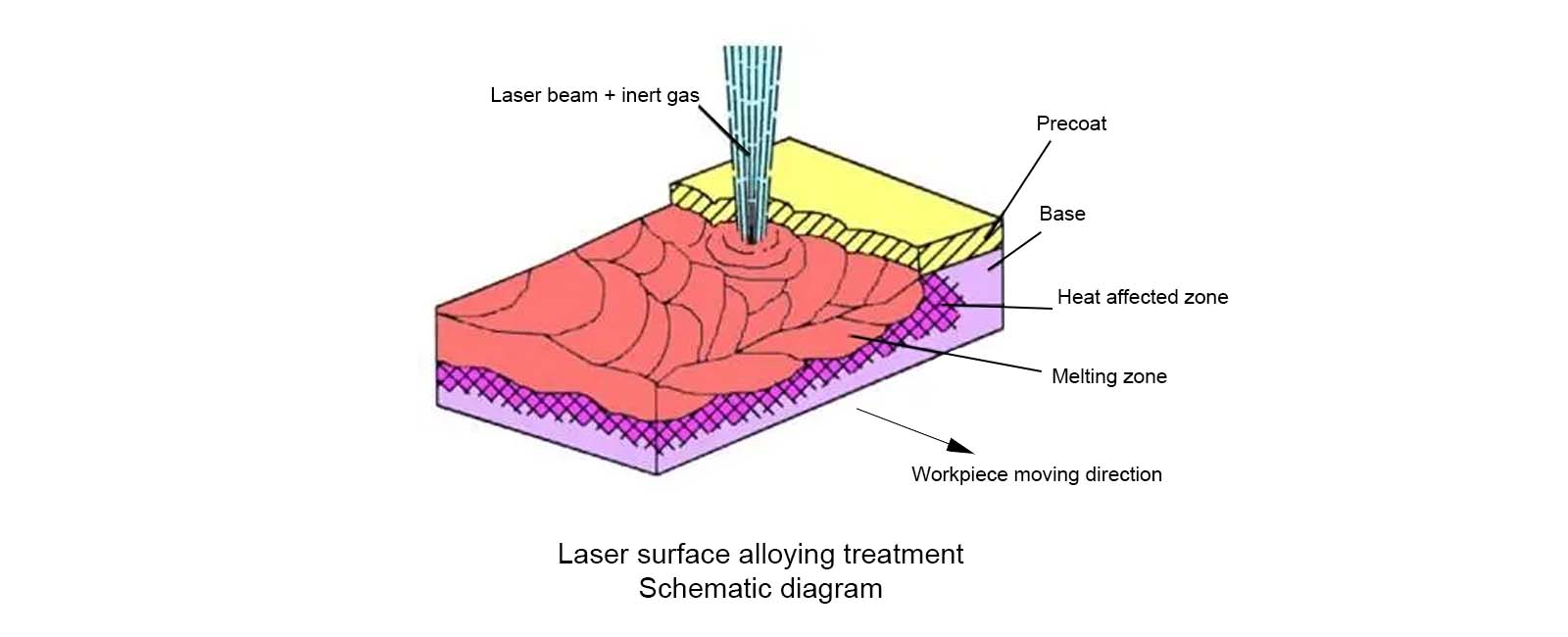
Laser Surface Enhancement
3.Shot Peening
Shot peening is that lets a large number of high-speed movement of the projectile sprayed onto the surface of the parts, as if countless small hammers hammering the metal surface, so that the parts of the surface layer and the sub-surface layer of certain plastic deformation to achieve a strengthened technology. Shot peening can improve the mechanical strength of parts, wear resistance, fatigue resistance and corrosion resistance.
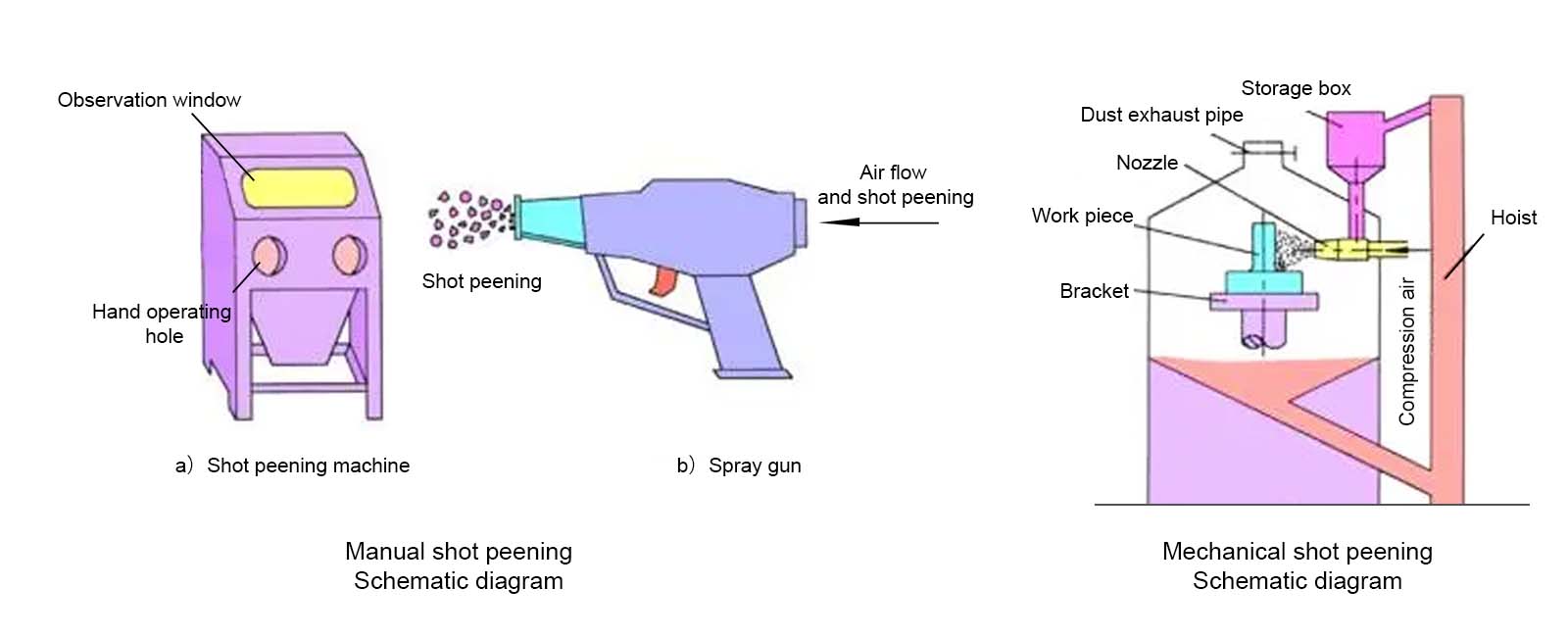
Shot Peening
4.Rolling
Rolling is a surface treatment process in which hard rollers or rollers are applied to the surface of a rotating workpiece at room temperature and moved in the direction of the busbar to plastically deform and harden the surface of the workpiece, in order to obtain an accurate, polished and reinforced surface or a specific pattern.
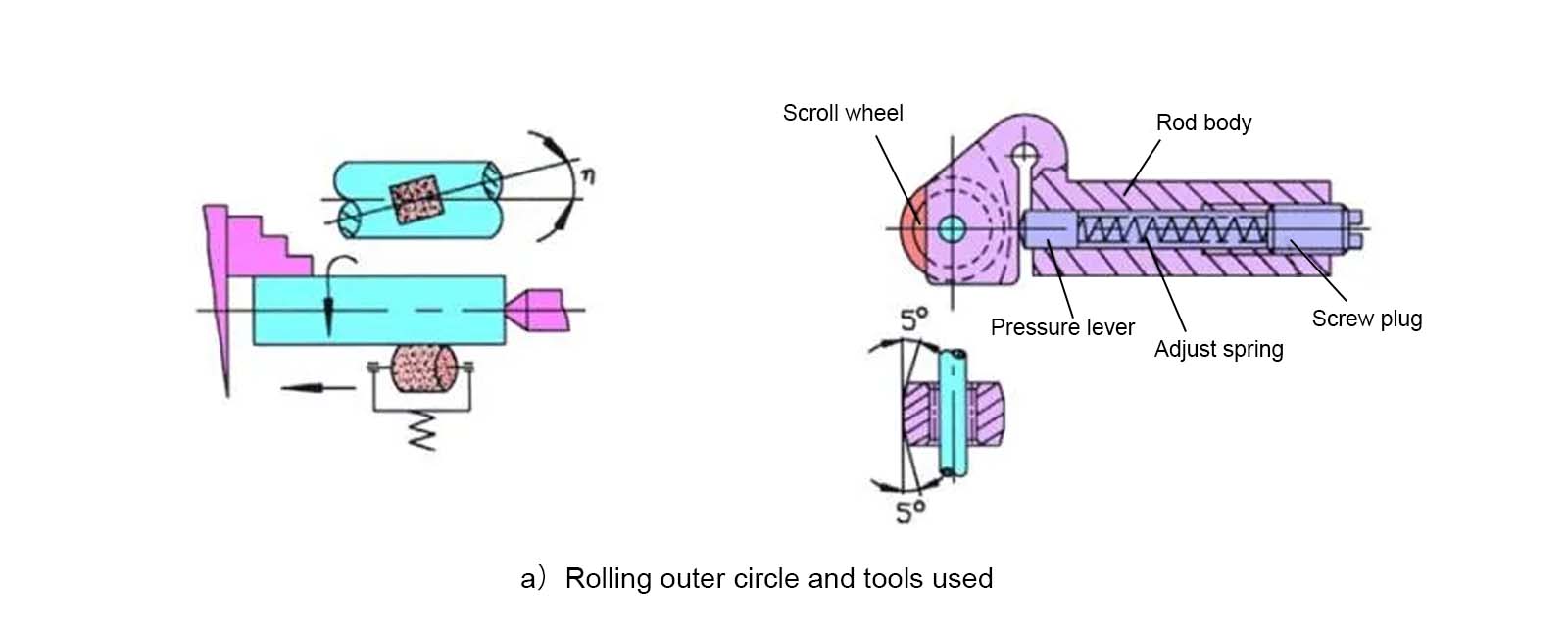

Rolling
5.Wire Drawing
Surface brushing is a means of surface treatment that forms a line pattern on the surface of the workpiece through abrasive products, providing a decorative effect. This technique can better reflect the texture of metal materials.
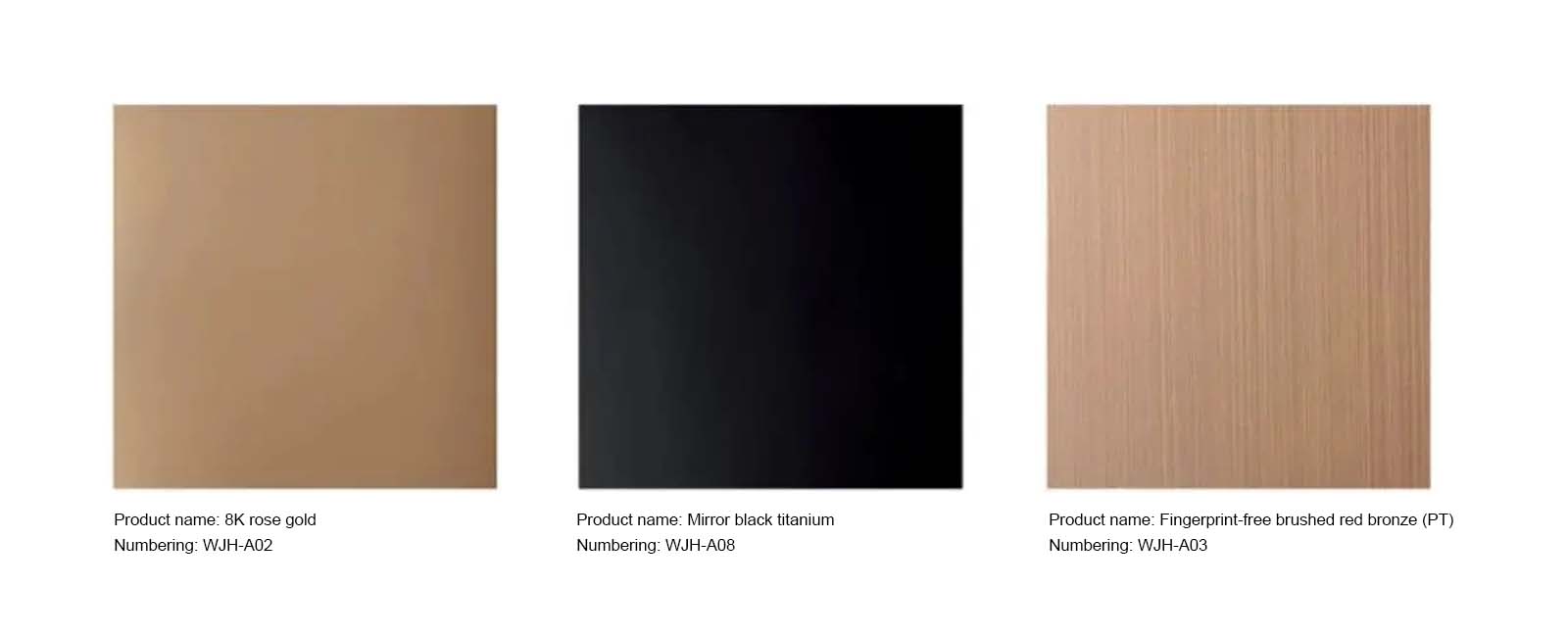
Wire Drawing
6.Polishing
Polishing refers to utilize the mechanical, chemical, or electrochemical effects to reduce the roughness of the surface of workpiece and to make the steel and flat surface processing methods. But this method can only make the surface of the steel smooth. It cannot improve or maintain the original performance of the steel.
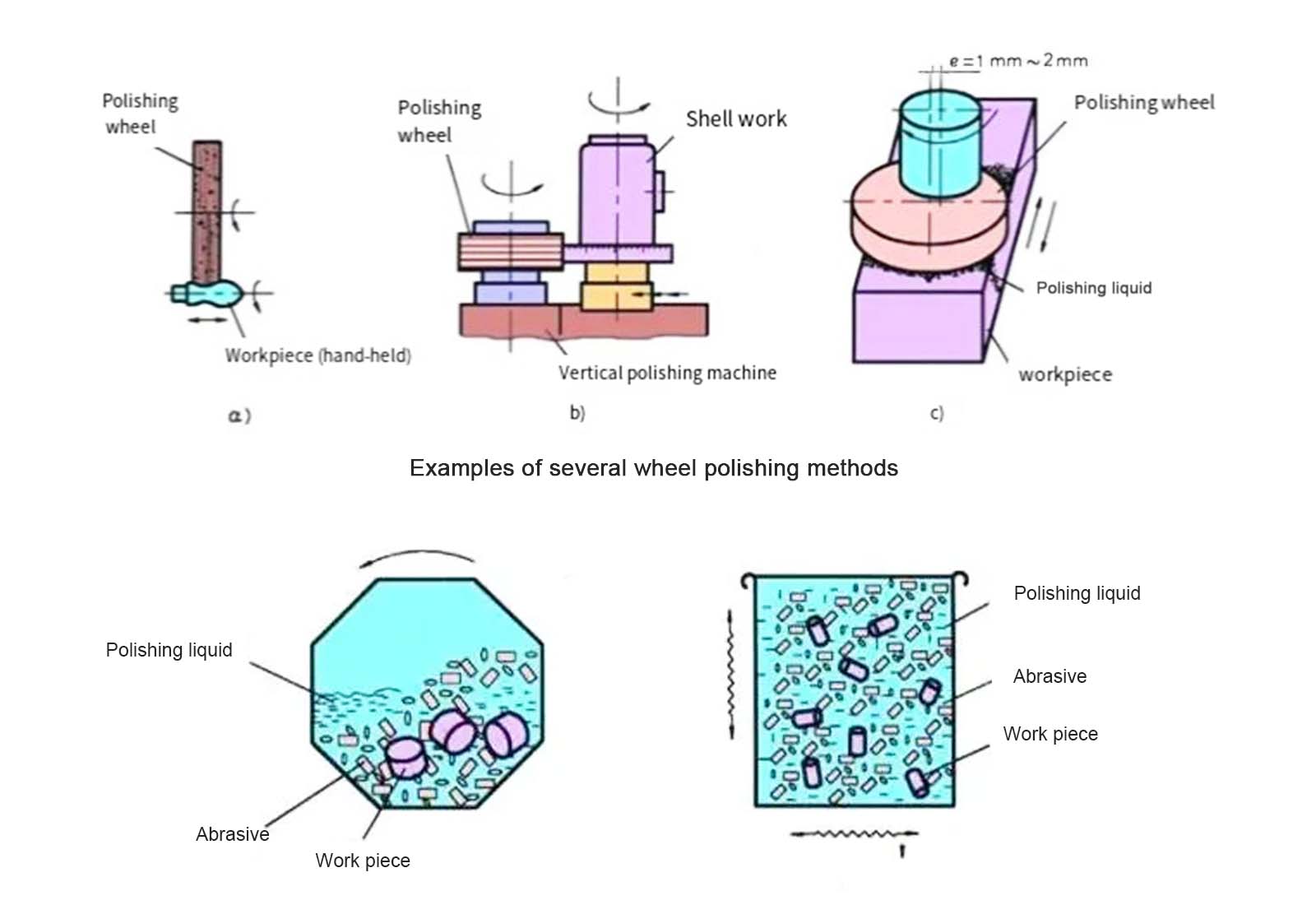
Polishing
二、Surface alloying technology
Surface alloying technology is chemical surface heat treatment means. It means that the workpiece is placed in a specific medium heating insulation so that the medium of active atoms penetrates the surface layer to change the surface layer of the workpiece's chemical composition and organization. Therefore, we can change the performance of the heat treatment process.
Compared with surface quenching, chemical surface heat treatment changes the surface organization of steel and its chemical composition. According to the different elements infiltrated, chemical heat treatment can be divided into carburization, ammoniation, multiple co-infiltration, infiltration of other elements, etc. The chemical heat treatment process includes three basic processes: decomposition, absorption, and diffusion. The two most important chemical surface heat treatmentes are carburization and nitriding.
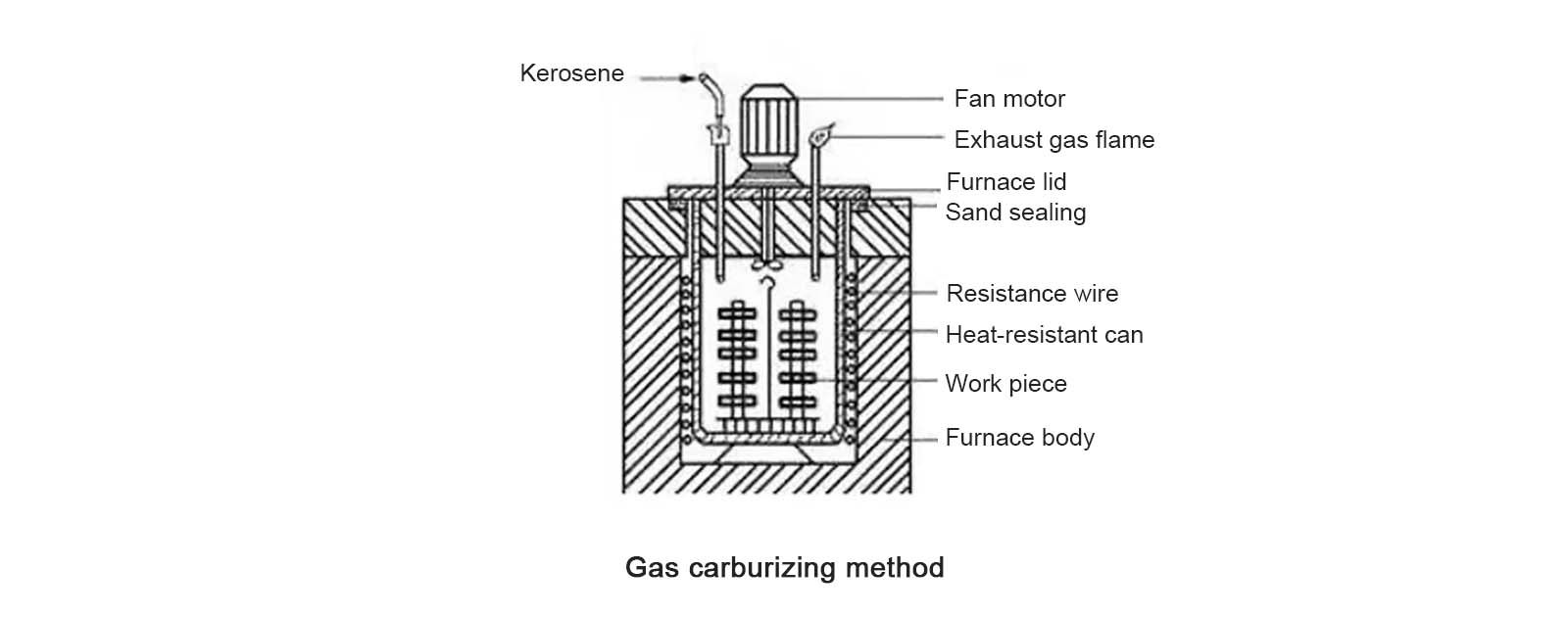
Carburization
三、Surface conversion film technology
1. Blackening & Phosphatizing
Blackening: steel or steel parts are heated to the proper temperature in air-water vapor or chemicals to form a blue or black oxide film on the surface.
Phosphate: workpiece (steel or aluminum, zinc parts) immersed in phosphate solution (certain acid phosphate-based solution), deposited on the surface to form a layer of insoluble crystalline phosphate conversion film process, called phosphate.
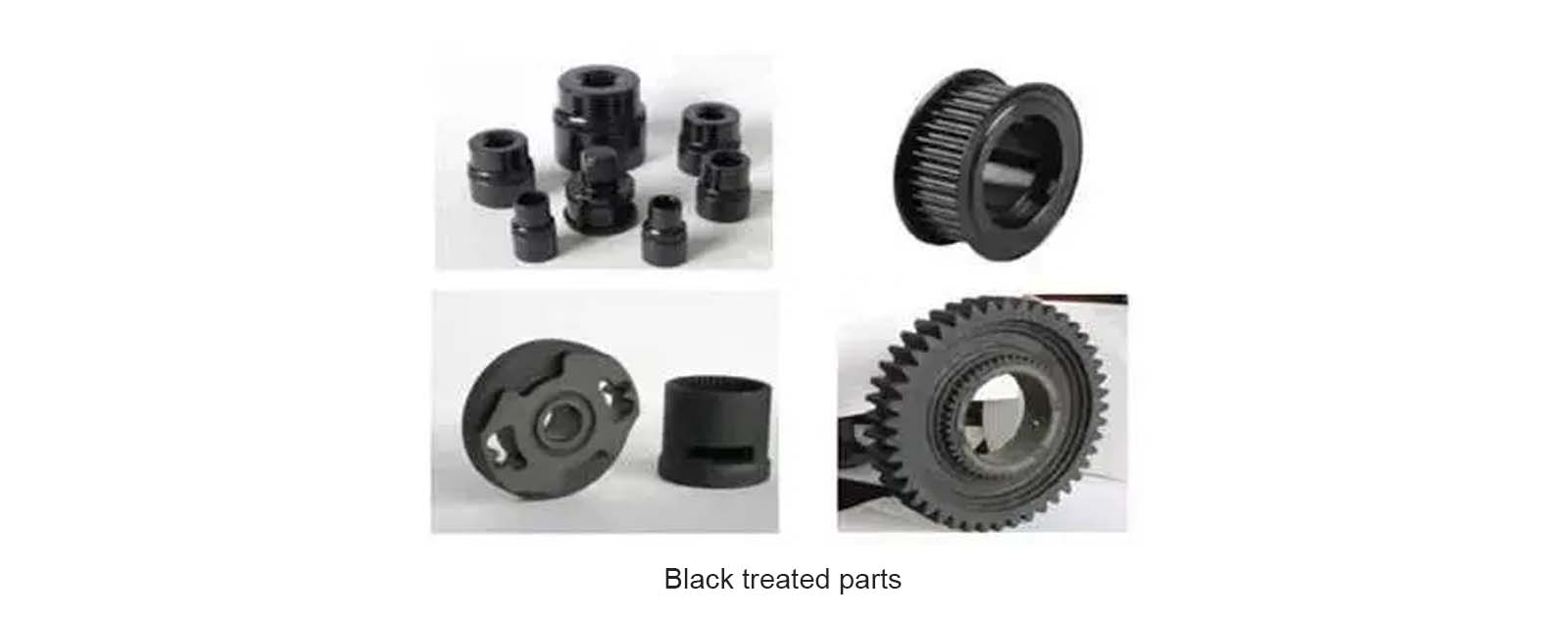
Blackening & Phosphatizing
2. Anodic Oxidation
Anodizing refers to the anodizing of aluminum and aluminum alloy. Anodic oxidation occurs when the aluminum or aluminum alloy parts are immersed in an acid electrolyte, under the action of the external current as the anode, on the surface of the parts to form and the substrate firmly combined with the corrosion-resistant oxide film layer. This oxide film has special characteristics, such as protective, decorative, insulating, and wear-resistant.
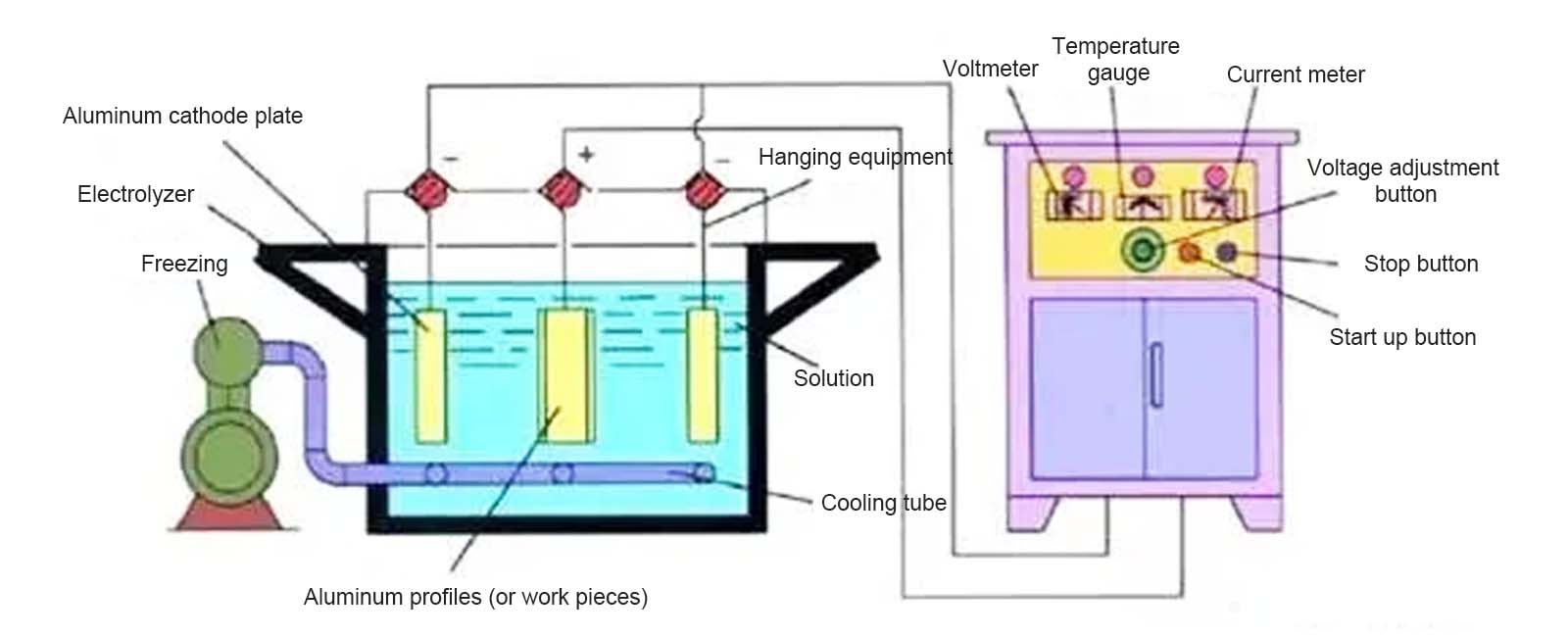
Anodic Oxidation
四、Surface Coating Technology
1. Thermal Spray
Thermal spraying is a treatment process in which metallic or non-metallic materials are heated and melted, and continuously blown by compressed gas onto the surface of the workpiece to form a coating that is firmly bonded to the substrate and ultimately obtain the required physical and chemical properties from the surface of the workpiece. The use of thermal spraying technology can improve the wear resistance, corrosion resistance, heat resistance, and insulation of materials.
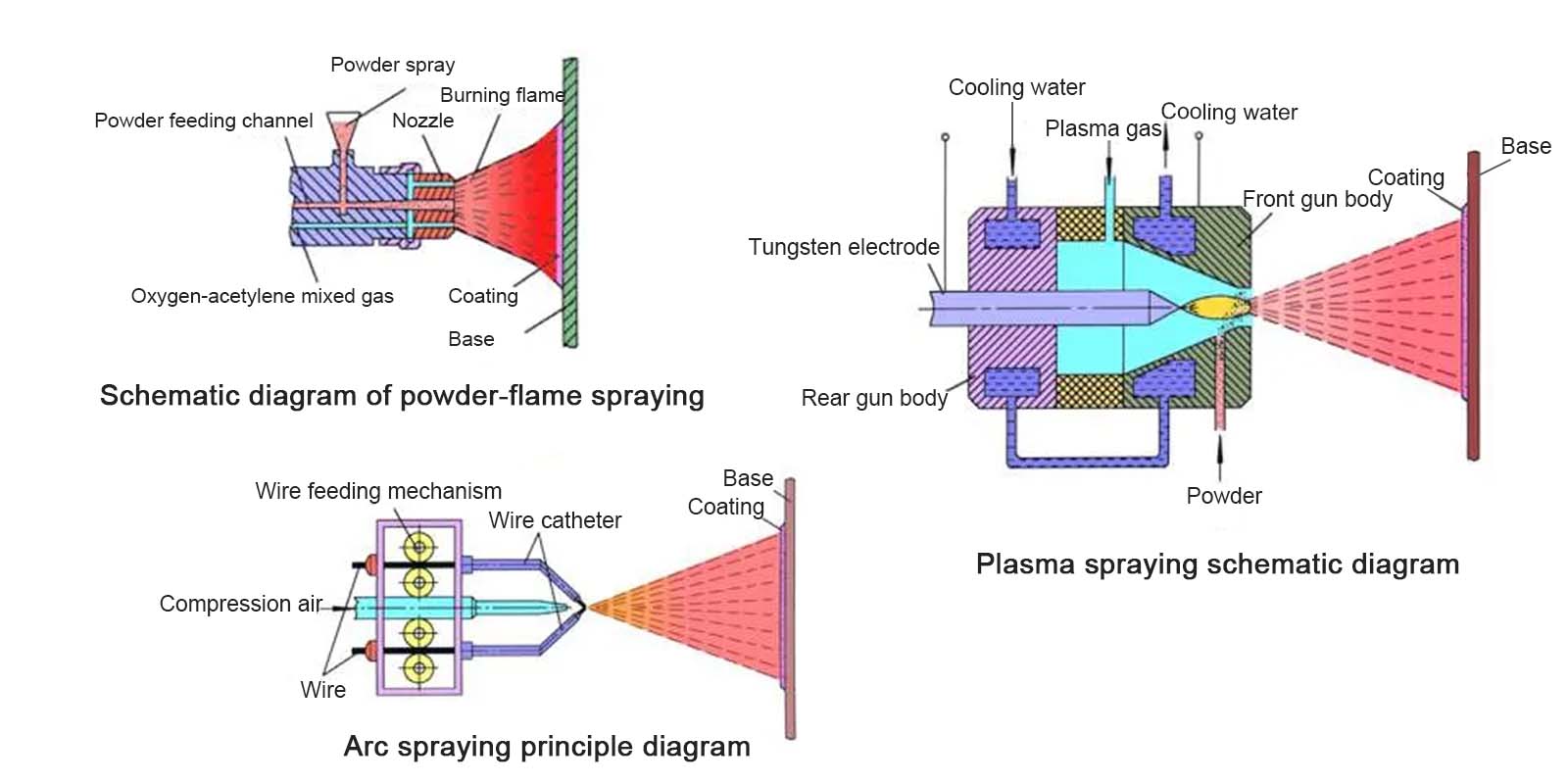
Thermal Spray
2. Vacuum Plating
Vacuum plating is a surface treatment process that deposits various metallic and non-metallic thin films on metal surfaces by vaporization or sputtering under vacuum conditions. Vacuum plating allows for thin surface coatings with the advantages of good adhesion and low contaminants.
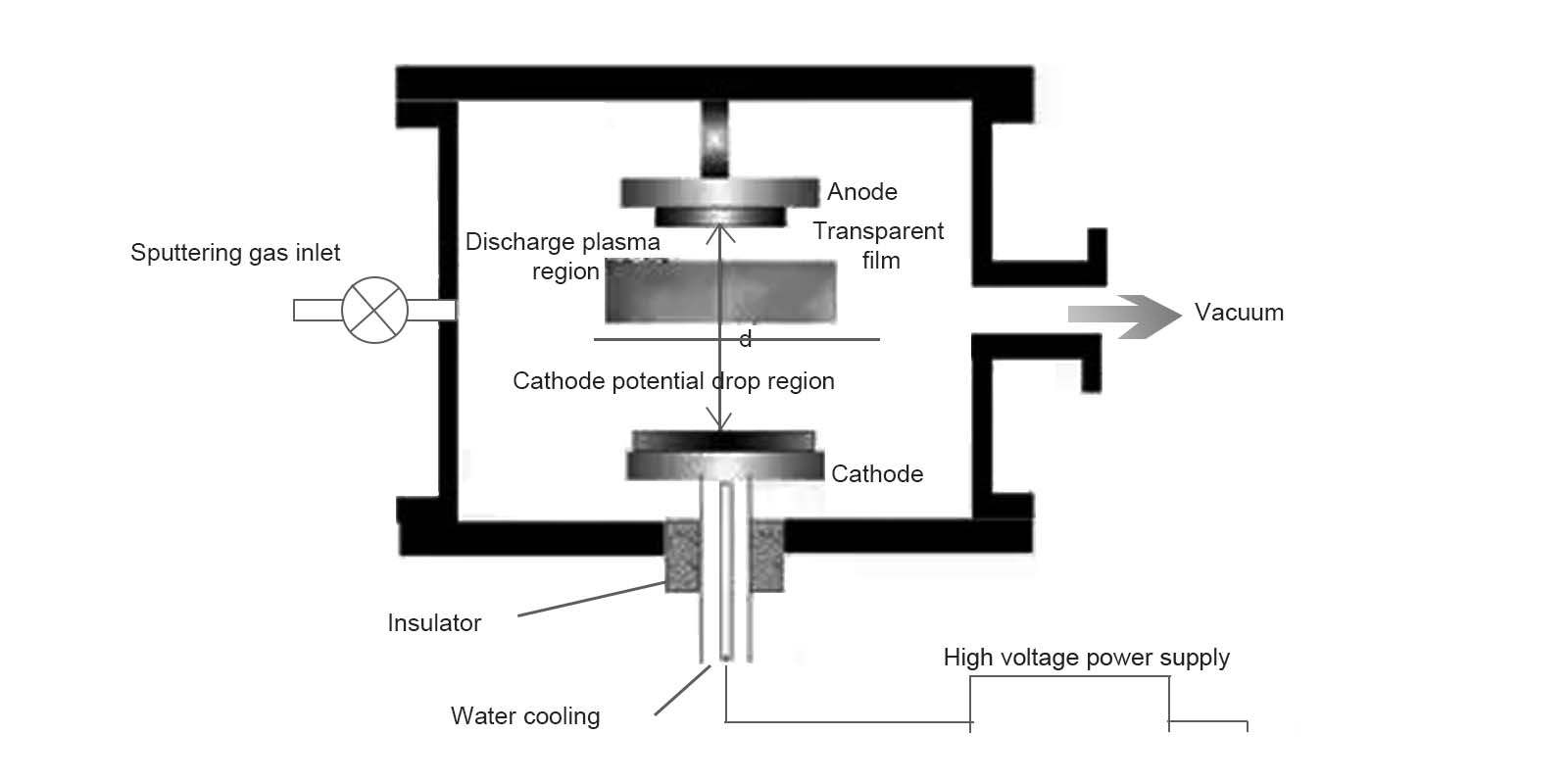
Vacuum Plating
3. Electroplated
Electroplating is a treatment that utilizes the principle of electrolysis on the surface of certain metals plated on a thin layer of other metals or alloys. It is the use of electrolysis to make the surface of metal or other material parts attached to a layer of metal film process to prevent oxidation of the metal (such as rust), to improve wear resistance, electrical conductivity, reflectivity, corrosion resistance (copper sulfate, etc.) and aesthetics and so on.
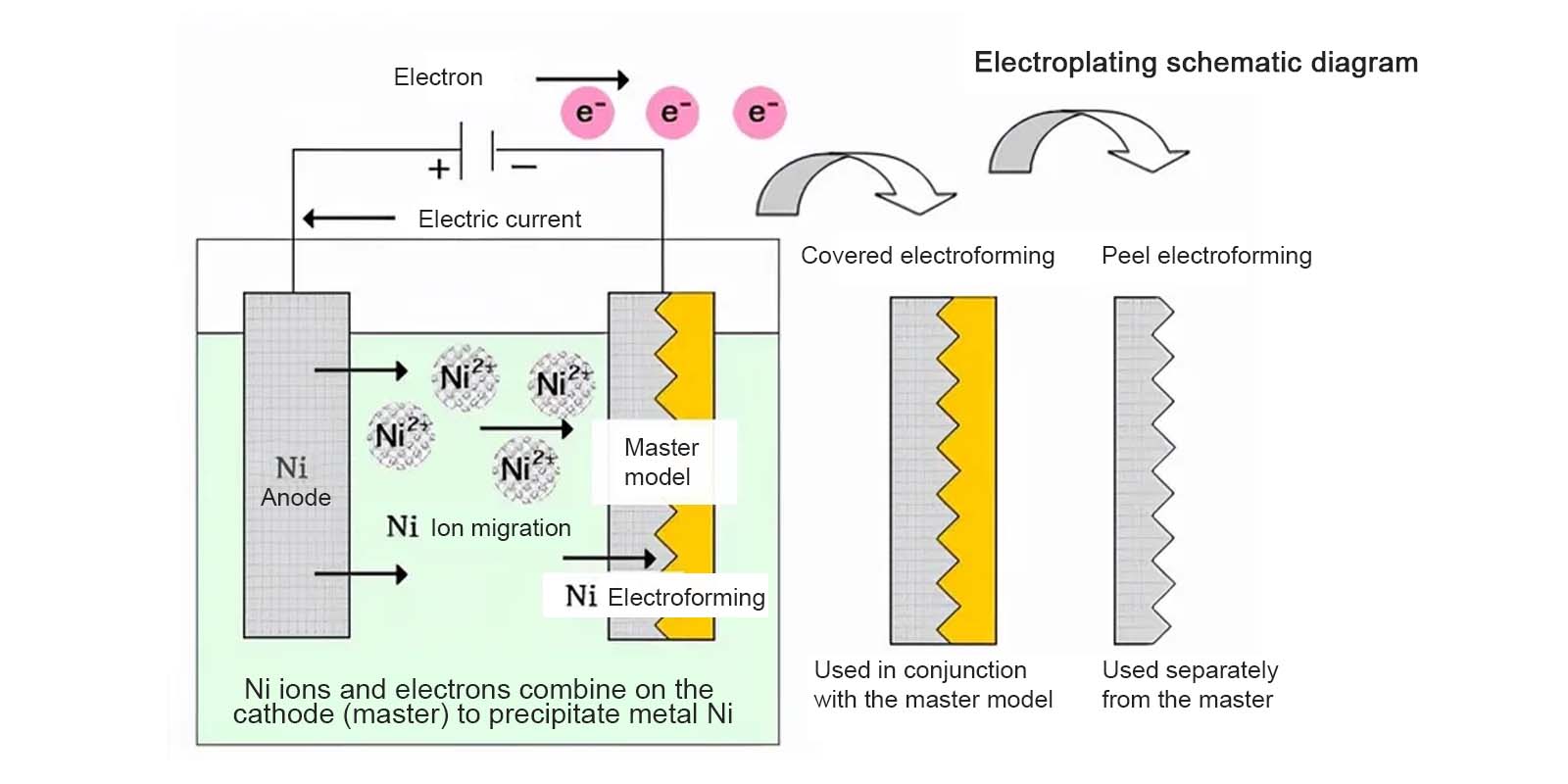
Electroplated
In a short, metal surface finishing processes can make metal surfaces more suitable for different application environments and functional requirements by changing their physical and chemical properties. It is important for improving product quality, extending service life and reducing maintenance costs.
If you have any corrections, please contact the editor:gianna@chinasteelmarket.com
Editor: Gianna, Hana
Mail: gianna@chinasteelmarket.com




|

|

|

|

|
| Timely Info | Independent | Platform | Multiple guarantees | Self-operated storage |
| About us | Channel | Useful tools |
|---|---|---|
| About China Steel Market | Prices | Steel Weight Calculation |
| Contact Us | Answers | Why Choose Us |
| Terms & Conditions | Inventory | |
| Privacy Policy | Help |
Hot search words: